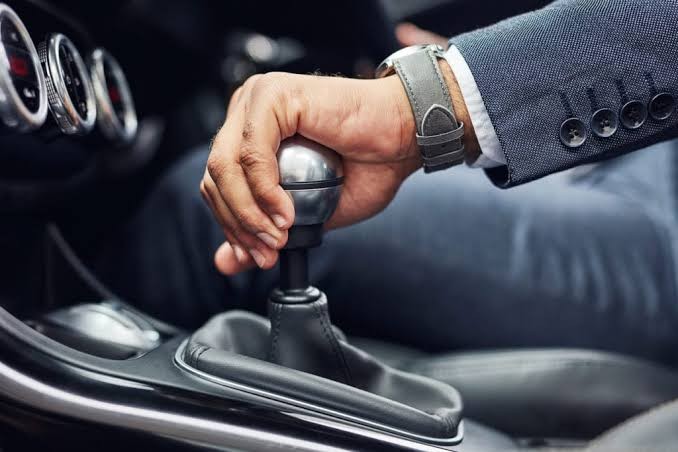Speed shifting, also known as power shifting, is a technique utilized by experienced drivers to achieve quicker gear changes in manual transmission vehicles.
Often surrounded by misconceptions and confusion, speed shifting requires precision and skill to execute properly. In this article, we delve into the intricacies of speed shifting, shedding light on its definition, execution, and dispelling common misconceptions.
Understanding Speed Shifting:
Speed shifting is the process of changing gears in a manual transmission vehicle without using the clutch pedal while maintaining engine power and minimizing the interruption in acceleration. Unlike the traditional method of shifting, where the clutch is fully engaged during the gear change, speed shifting involves applying a rapid combination of throttle control and gear lever manipulation to achieve seamless gear transitions.
Execution of Speed Shifting:
- Throttle Control: Speed shifting relies on precise throttle control to ensure smooth gear changes. The driver must quickly release the throttle just before shifting and then apply it again immediately after engaging the new gear. This technique helps maintain engine speed and prevents a significant drop in power during the shift.
- Lever Manipulation: While executing a speed shift, the driver must actuate the gear lever swiftly and accurately. Timing is crucial, as the lever needs to be engaged precisely at the moment when the engine speed matches the speed required for the new gear. The driver must exert sufficient force to engage the gear without relying on the clutch.
Common Misconceptions and Confusion:
- Clutchless Shifting: Speed shifting is often confused with clutchless shifting, where the clutch pedal is completely bypassed during gear changes. While speed shifting minimizes clutch usage, it still requires a momentary release of the throttle to unload the transmission and facilitate the gear engagement.
- "Bang Shifting": Another misconception is the belief that speed shifting involves forcefully slamming the gear lever into the next gear. In reality, speed shifting requires precise and controlled movements, ensuring the gear engages smoothly without causing excessive wear or damage to the transmission.
Benefits and Considerations:
- Quicker Acceleration: Speed shifting allows for faster gear changes, reducing the time spent shifting and improving acceleration. This technique can be advantageous in racing or high-performance driving scenarios, where quick gear changes are crucial for optimal performance.
- Wear and Tear: Speed shifting places additional stress on the transmission components due to the increased forces during gear engagement. Continuous and improper execution of speed shifting can lead to premature wear and potential damage to the transmission.
- Skill and Experience: Speed shifting is a technique that requires practice, precision, and a thorough understanding of the vehicle's dynamics. Novice drivers are advised to first master regular gear changes and develop a solid foundation of driving skills before attempting speed shifting.
Conclusion:
Speed shifting, the art of seamless and rapid gear changes in manual transmission vehicles, is a technique that demands precision, skill, and experience. It involves a delicate balance of throttle control and lever manipulation to maintain engine power and minimize the interruption in acceleration. By dispelling common misconceptions and emphasizing the need for proper execution, drivers can appreciate the nuances of speed shifting and recognize its potential applications in specific driving scenarios. However, it is important to approach speed shifting with caution, understanding the potential impact on transmission wear and tear, and always prioritizing safety and responsible driving practices.

Comments (0)
Please login to join the discussion
Be the first to comment on this article!
Share your thoughts and start the discussion